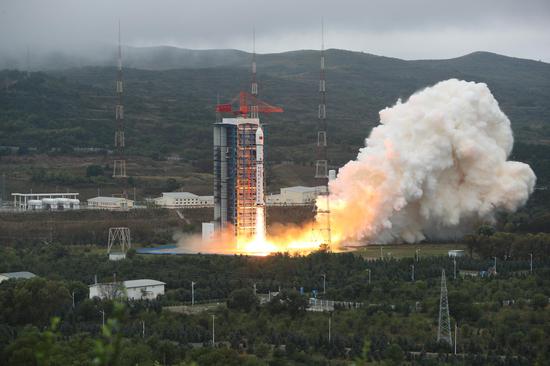China has established the world's largest, most comprehensive, and technologically advanced environmental monitoring network, according to Dong Baotong, vice-minister of ecology and environment.
The number of monitoring stations directly overseen by the ministry has reached over 33,000, the official said in a news conference organized by the State Council Information Office on Tuesday.
While about two-thirds of these stations are for soil monitoring, 1,734 are for air quality and 3,646 for ground water, he added.
"The system has covered all cities at and above the prefecture-level, key river basins and sea areas under China's jurisdiction," he noted.
In addition to the traditionally prioritized areas such as water, air and soil, China in recent years has also built monitoring stations for ecological quality, biodiversity, greenhouse gases and new pollutants, meaning that the country has essentially achieved full coverage in terms of monitoring elements, Dong said.
Previously, the monitoring system was dominated by manual facilities. "Now, however, automatic monitoring has become the primary method, with drones, mobile monitoring vehicles, and laser radar being standard fixtures at monitoring stations across the country," he said.
Dong said his ministry is now the primary user of seven monitoring satellites, which provide robust scientific support for its monitoring work.


















































 京公网安备 11010202009201号
京公网安备 11010202009201号